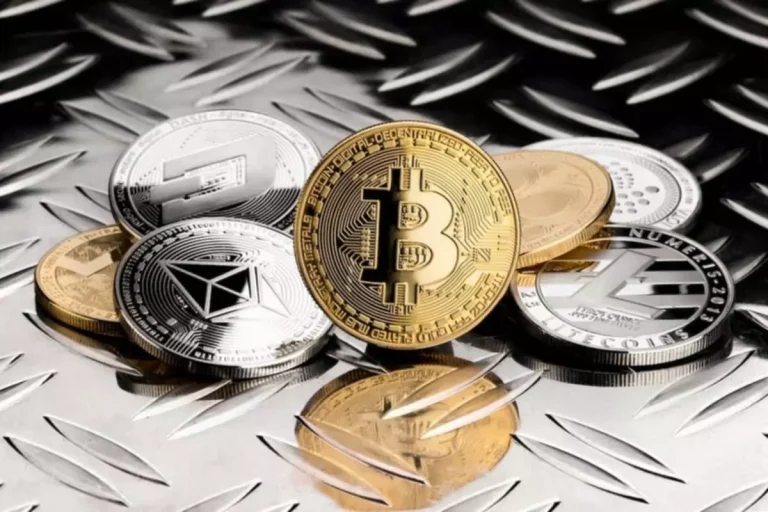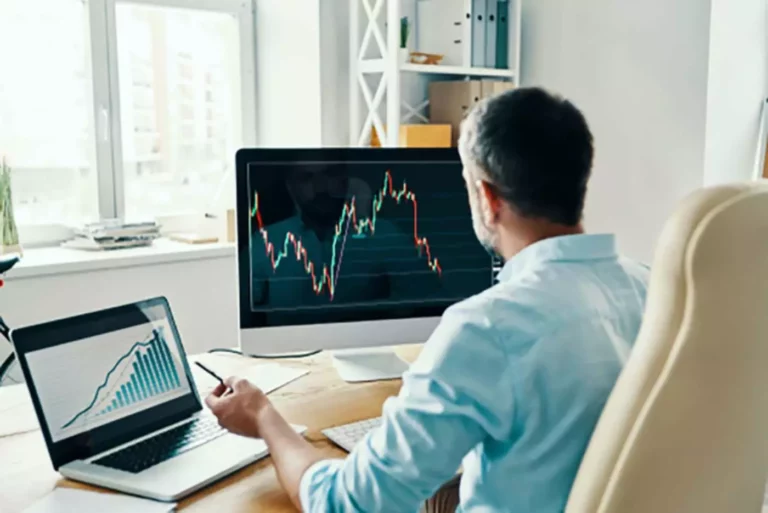Content
The difference between automated trading and algorithmic trading is open to interpretation, because some people use the two terms interchangeably. A technical analysis algo trading strategy relies on technical indicators including Bollinger bands, stochastic oscillators, MACD, the relative strength index and many more. This issue was related to Knight’s installation of trading software and resulted in Knight sending numerous erroneous orders in NYSE-listed securities into the market. Clients were not negatively affected https://www.xcritical.com/ by the erroneous orders, and the software issue was limited to the routing of certain listed stocks to NYSE.
CFD trading: What is it and how does it work?

Use historical data to test and refine the strategy, adjusting parameters based on performance metrics like Sharpe Ratio and drawdown. Statistical arbitrage involves exploiting price inefficiencies across correlated assets, aiming for small, consistent profits. Based on the idea that prices eventually revert to their average, this strategy identifies overbought and oversold conditions, typically using indicators like RSI and Stochastic Oscillator. By combining the two concepts, traders will seek to buy and sell large quantities of an asset that has a price imbalance. The downside of a trading algorithm is that you might miss out on opportunities that Cryptocurrency wallet don’t fit into your program. Trading on margin is only for experienced investors with high risk tolerance.
FAQs about algorithmic trading strategies
It has survived on the market for a long time, and has been given many new features over the years. Tradestation is also a very popular platform as can be seen by Tradestation user stats. The heavy demands of a serious algorithmic trader really rule out much of the alternatives on the market. Sharing knowledge about your trading methodology is a nearly impossible task if you are a discretionary trader. Algorithmic traders have the benefit of having strict, quantifiable spot algo trading rules that they follow, and therefore are able to easily exchange information with colleagues. Since trading indeed holds great profit potential, much greater than passive investing, as an example, it is not strange that it attracts many fortune hunters.
Key Features to Consider When Selecting a Platform:
In equities, roughly 60-75pc of trades in American, European and Asian capital markets are done through pre-programmed functions. The regulatory authorities always install circuit breakers, limiting the functionality of algo-trades. In addition, the liquidity provided by algo-traders can almost disappear instantly or in seconds. Choose technical indicators (e.g., Moving Averages, RSI) or statistical models that align with the strategy objectives.
- They often seek to achieve more consistent and disciplined trading practices by removing human emotion and bias from trading decisions.
- IBKR does not make any representations or warranties concerning the past or future performance of any financial instrument.
- However, this is compensated by the outsize winning trades, that compensate for the losses.
- However, C or C++ are both more complex and difficult languages, so finance professionals looking for entry into programming may be better suited transitioning to a more manageable language such as Python.
- Free market data is seldom of good quality, and could put you at risk of getting inaccurate backtesting results.
Systematic Trading Approach: Compete With Any Discretionary Fund Trader

Sophisticated trading technologies that were earlier employed in large organizations are now available at the user level. Platforms providing algorithmic trading opportunities allow employing them by a customer who may not have much information on the market processes and/or who does not have much experience in algorithmic trading. There are a lot of different types of trading platforms that support algorithms and automated systems. While some traders choose to build their own, most will use ready-built platforms. Moving average algorithmic strategies are potentially the most popular, given how simple they are to implement.
Quite naturally, if you risk double the amount you will also make double as much money. The constant balance between risk and return really is one of the hardest things you face in algorithmic trading, and trading in general. Index funds periodically adjust their portfolios to align with their benchmark index.
There seems to be a widespread belief that money can be made easily, and that anybody, regardless of experience, can learn to trade just by reading a few articles, and then practicing what they have read. The resources mentioned above are sure to enhance your knowledge and expertise in different spheres of algorithmic trading field. Going by the number of courses available online on algorithmic trading, there are several on display, but finding the apt one for your individual requirement is most important. A strategy can be considered to be good if the backtest results and performance statistics back the hypothesis. Hence, it is important to choose historical data with a sufficient number of data points. Now, code the logic based on which you want to generate buy/sell signals in your strategy.
When a stock’s price falls below the lower range, the algorithm can automatically execute a buy order, anticipating that the price will bounce back. Conversely, when a stock’s price rises above the upper range, the algorithm can execute a sell order, expecting the price to decrease. Instead, the best strategy is the one you are most comfortable with that can generate the highest risk-adjusted returns. For those new to algos, simpler models, like momentum trading, may be the most accessible approach. TradeStation is one of the best platforms to help traders implement complex and profitable algorithms.
We look at how we can implement automated trading systems in real-time markets. We also delve into risk management in algorithmic trading, optimization techniques, backtesting algorithmic trading strategies, and data acquisition and more. Algorithmic trading strategies are a set of instructions coded into trading software to automatically execute trades without human intervention. Traders use these strategies to secure the best prices for stocks on the stock exchange, exploit arbitrage opportunities, or capitalize on price changes in the financial market. They rely on complex algorithms that can analyze vast amounts of market data to make trading decisions.
When the current market price is less than the average price, the stock is considered attractive for purchase, with the expectation that the price will rise. When the current market price is above the average price, the market price is expected to fall. In other words, deviations from the average price are expected to revert to the average. Diversification is another strategy employed to manage risks – the one which we recommend.
You do not have to worry about the connection to the broker or market data, and it has all the features you will need! In addition to this, the coding language is very beginner-friendly and should not become an issue for you! Tradestation is the platform that nearly all our students use and despite its shortcomings, most are happy with it. Many markets are open throughout the night, and only close for a short time before opening again. Trading algorithmically will ensure that you are always ready to take a trade, even when you are asleep. This is perfect for markets such as gold, which tend to behave differently depending on in what part of the world it is currently traded the heaviest.
The bid-ask spread and trade volume can be modelled together to get the liquidity cost curve which is the fee paid by the liquidity taker. If you are planning to invest based on the pricing inefficiencies that may happen during a corporate event (before or after), then you are using an event-driven strategy. There is a long list of behavioral biases and emotional mistakes that investors exhibit due to which momentum works. However, this is easier said than done as trends don’t last forever and can exhibit swift reversals when they peak and come to an end.
The Pocketful API provides traders and investors with professional tools for algorithmic trading. It supports various programming languages like Python, Javascript, and Golang, making it accessible to many users. The API enables easy order placement, real-time market data access, portfolio management, etc. Pocketful streamlines the creation and execution of algorithms for better efficiency and speed. The weighted average price strategy is a popular choice among algo traders in volatile markets.





















